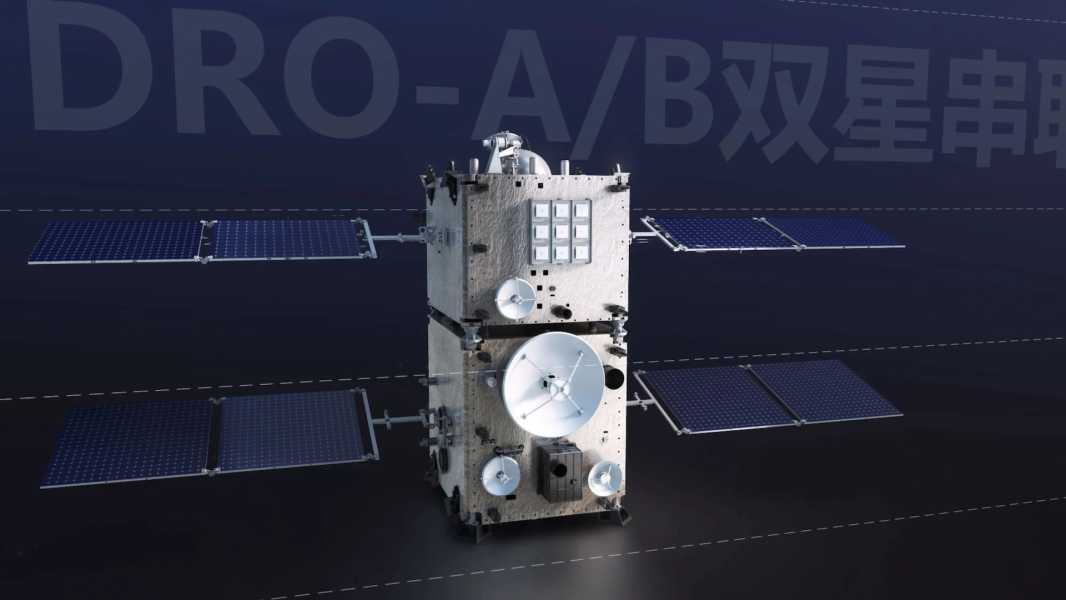
A visualization of the recovered satellites. (Image courtesy of CSU)
On March 15 at 8:15 p.m. Beijing time (March 14 at 8:42 p.m. EST; 5:42 p.m. PT), China launched two satellites on a Long March-2C rocket carrying a Yuanzheng-1S module. Although the first and second stages successfully fired, a technical failure with the upper stage prevented the satellites from reaching their intended orbit. What followed was months of salvage efforts as Chinese engineers sought a solution that involved deorbiting the satellites to allow them to burn up in the atmosphere.
According to a recent CGTN report, the satellites were “rescued” after 123 days using a gravity assist maneuver called Slingshot. In simple terms, engineers used the gravity of the Earth, Moon, and Sun to return the satellites to their correct orbits. Not only did their efforts save the satellites’ mission, but they also demonstrated a maneuver that could be key to deep space navigation. The mission also highlights cutting-edge technology, as the satellites are part of a constellation capable of autonomously piloting spacecraft beyond Earth’s orbit.
The launch failure surprised the teams at the Center for Space Exploitation Technology and Engineering (CSU), which is responsible for the space mission. Shortly after, a team of engineers confirmed that the two satellites were significantly closer to Earth than expected and were out of control. The satellites had suffered partial damage during the launch failure, preventing them from absorbing enough sunlight to perform a corrective maneuver. Fortunately, engineers eventually found a solution.
You may like
Sourse: www.livescience.com





